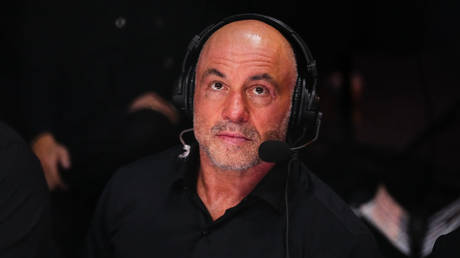Optimal packing problems have inspired mathematicians for centuries. Biophysicists now add a layer to the question: How do chloroplasts arrange themselves optimally within cells, when the meaning of “optimal” changes over time? In a new study published in the Proceedings of the National Academy of Sciences, researchers from the University of Amsterdam and Emory University in Atlanta show how certain plants have managed to solve this problem strikingly well.





